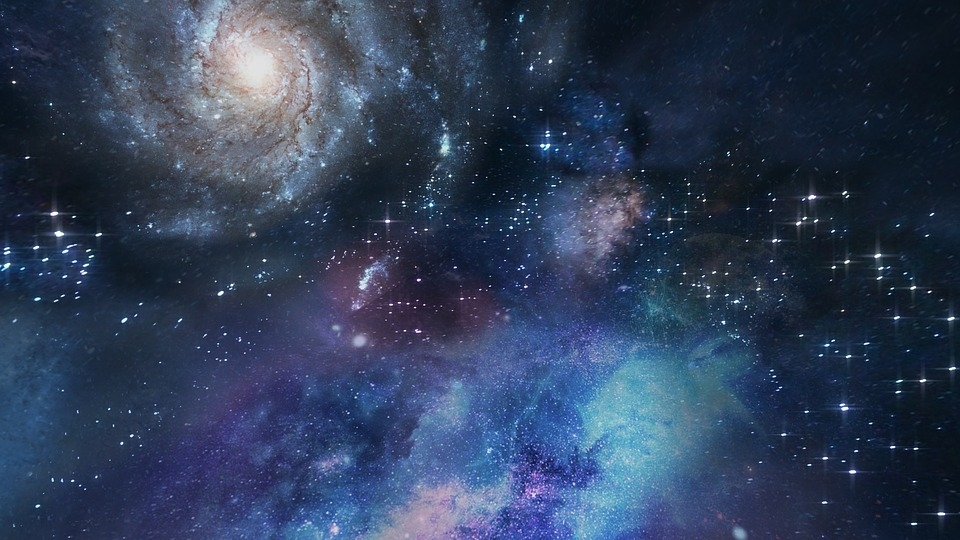It is not every day that people get to witness a celestial phenomenon, but space agency NASA was able to capture an incredible occurrence. The agency released images showing a collision between four galaxies, which turned into one galaxy cluster.
Express reports that NASA has released images showing an incredible celestial phenomenon, namely a very big and very violent collision between four galaxy clusters. These four galaxy clusters each have a mass of a trillion times more than the Sun and are already made up of hundreds or thousands of galaxies. Within those galaxies are possibly millions of stars already, thus it bears noting just how massive these galaxy clusters are.
When these four galaxy clusters collide, they will then become one supercluster. According to NASA, it will be one of the biggest objects in the universe. Their latest observations reveal a “mega-structure being assembled in a system called Abell 1758,” which is three billion light-years away from Earth. The Abell 1758 system was first observed back in 2004 when it was a quadruple galaxy cluster system.
Aside from these galaxy clusters merging into one massive supercluster, experts have also predicted that the Milky Way galaxy will also be preparing for a collision of its own. As to which galaxy the Milky Way is going to merge with, scientists have said that it would be colliding with the Andromeda galaxy, which is the closest one, located 220,000 light-years away and two times bigger than the Milky Way. Andromeda also happens to be approaching towards the Milky Way at a rate of five million kilometers a year.
Speaking of stars, experts have also predicted that another cause of the end of the world is due to a rogue star pushing the Earth out of its orbit. A group of researchers from Sharif University has predicted the odds of a star being able to push the Earth out of its orbit and out of the Solar System. They found that there is a one in 15,000 chance of it happening. Thus, the chances are very slim but cannot entirely be ruled out.
According to astrophysicist Paul Stutter, there are several factors that should also be taken into account when it comes to the likelihood of this scenario happening. It would depend on how fast the star is moving and its mass.



 Eggs from men, sperm from women: how stem cell science may change how we reproduce
Eggs from men, sperm from women: how stem cell science may change how we reproduce  The mystery of consciousness shows there may be a limit to what science alone can achieve
The mystery of consciousness shows there may be a limit to what science alone can achieve  The brightest object in the universe is a black hole that eats a star a day
The brightest object in the universe is a black hole that eats a star a day  A Nasa rover has reached a promising place to search for fossilised life on Mars
A Nasa rover has reached a promising place to search for fossilised life on Mars  Archeoastronomy uses the rare times and places of previous total solar eclipses to help us measure history
Archeoastronomy uses the rare times and places of previous total solar eclipses to help us measure history  Alpha, beta, theta: what are brain states and brain waves? And can we control them?
Alpha, beta, theta: what are brain states and brain waves? And can we control them?  Customizing mRNA is easy, and that's what makes it the next frontier for personalized medicine − a molecular biologist explains
Customizing mRNA is easy, and that's what makes it the next frontier for personalized medicine − a molecular biologist explains  Black hole, neutron star or something new? We discovered an object that defies explanation
Black hole, neutron star or something new? We discovered an object that defies explanation  Tatahouine: 'Star Wars meteorite' sheds light on the early Solar System
Tatahouine: 'Star Wars meteorite' sheds light on the early Solar System  How do airplanes fly? An aerospace engineer explains the physics of flight
How do airplanes fly? An aerospace engineer explains the physics of flight  Larger and more frequent solar storms will make for potential disruptions and spectacular auroras on Earth
Larger and more frequent solar storms will make for potential disruptions and spectacular auroras on Earth  Could a telescope ever see the beginning of time? An astronomer explains
Could a telescope ever see the beginning of time? An astronomer explains  The rising flood of space junk is a risk to us on Earth – and governments are on the hook
The rising flood of space junk is a risk to us on Earth – and governments are on the hook  What is minoxidil, the anti-balding hair growth treatment? Here’s what the science says
What is minoxidil, the anti-balding hair growth treatment? Here’s what the science says  Why is the universe ripping itself apart? A new study of exploding stars shows dark energy may be more complicated than we thought
Why is the universe ripping itself apart? A new study of exploding stars shows dark energy may be more complicated than we thought 































